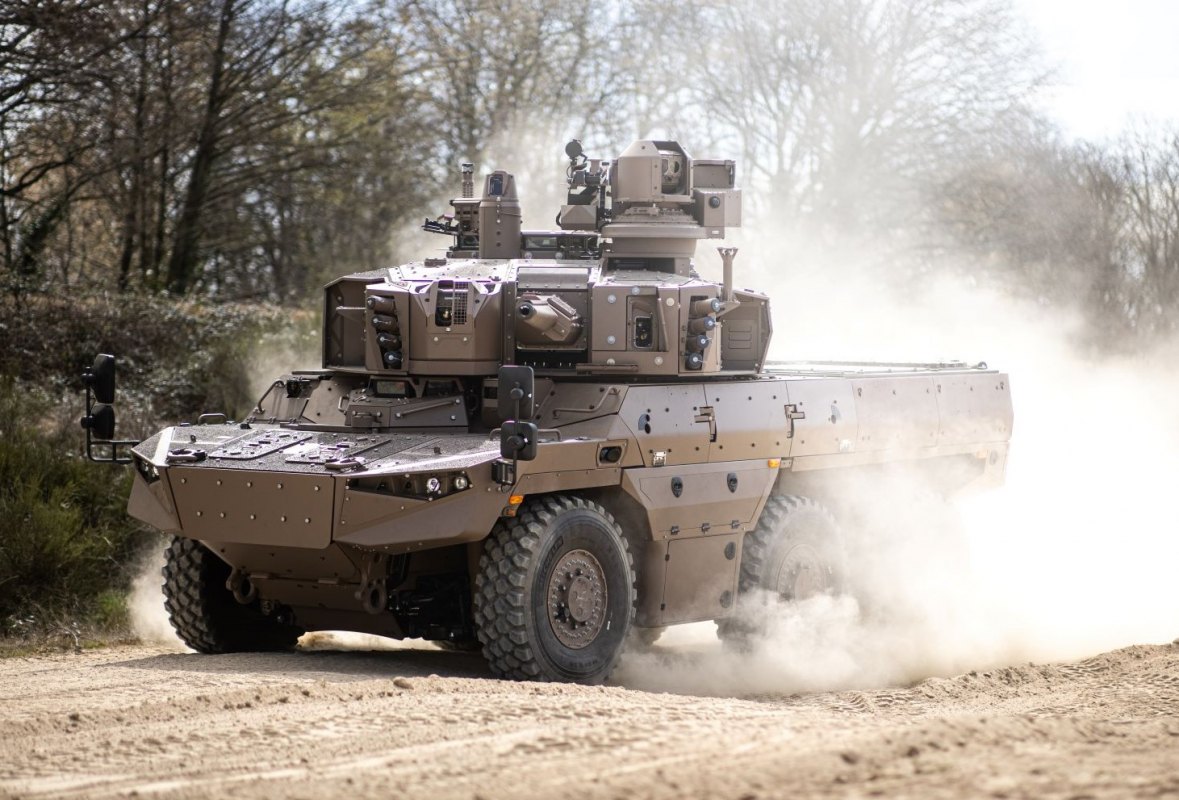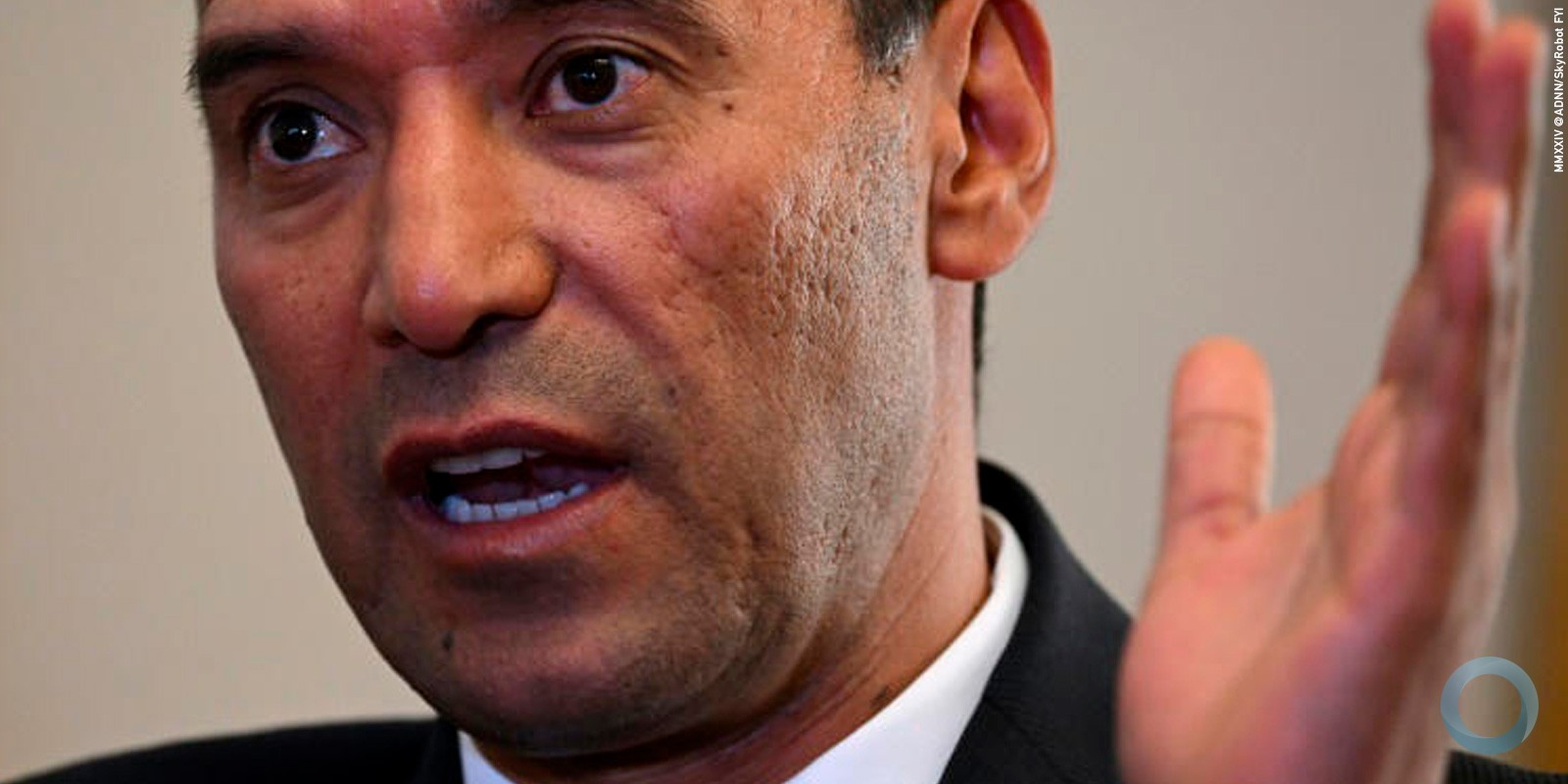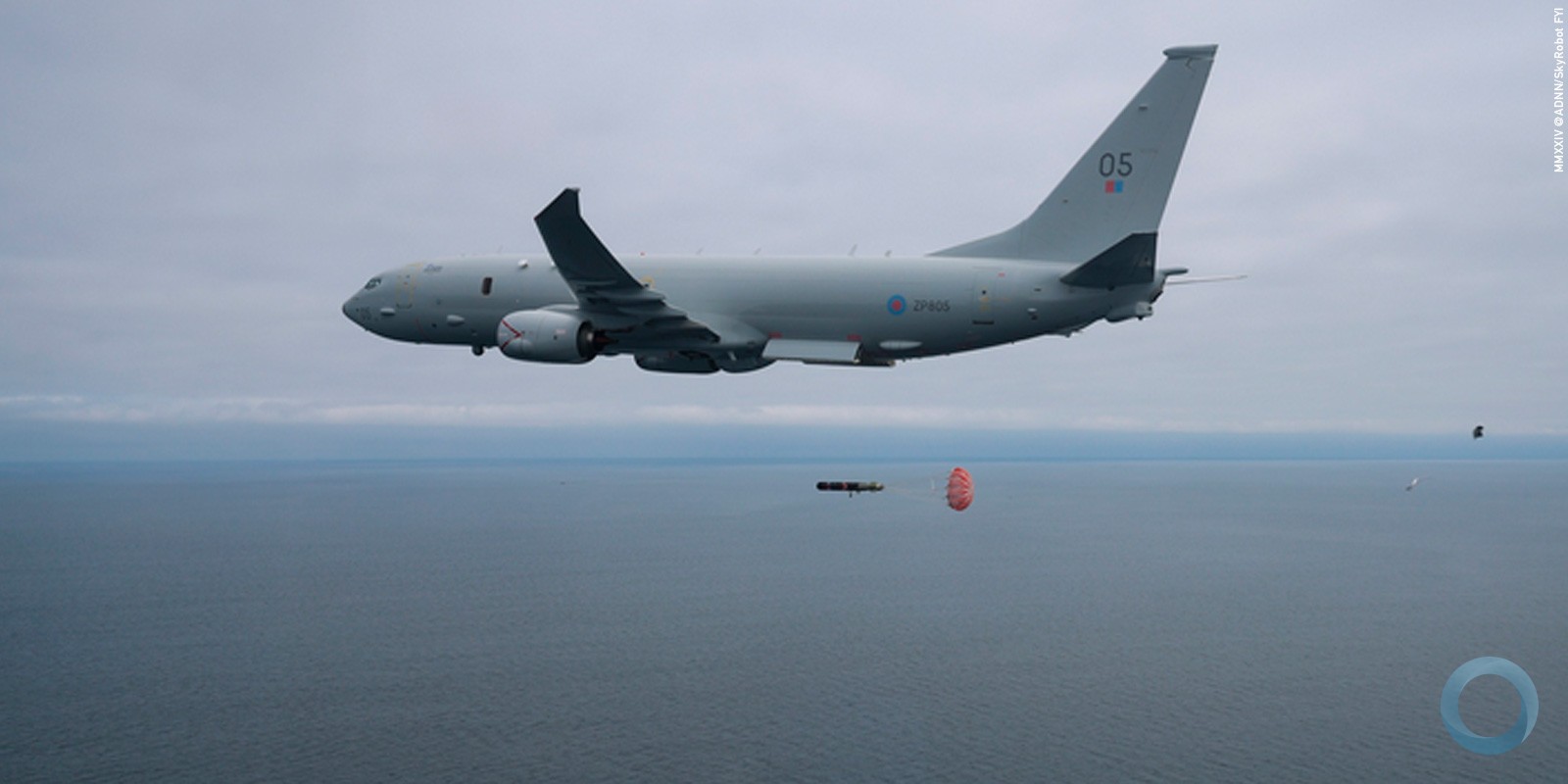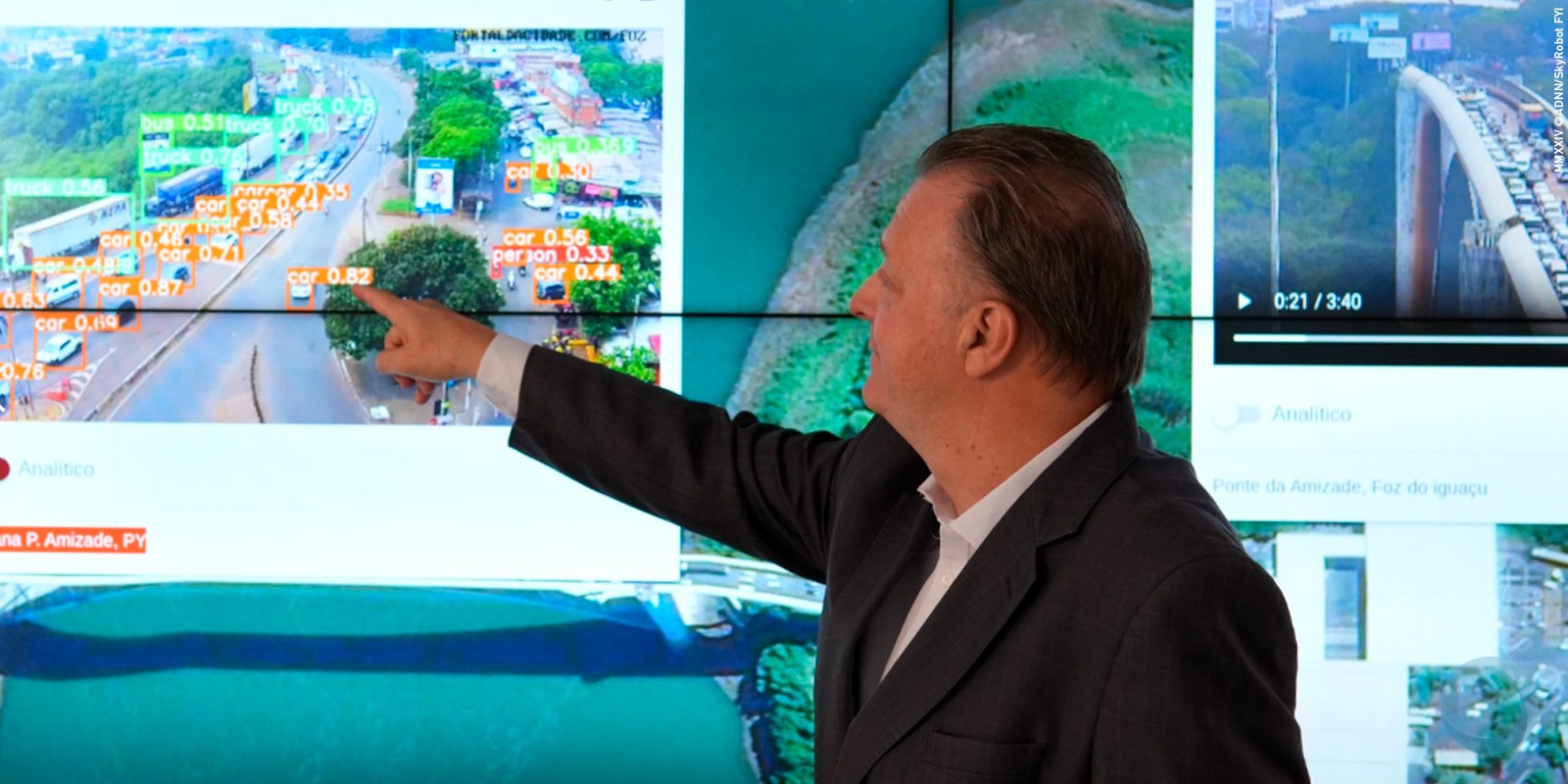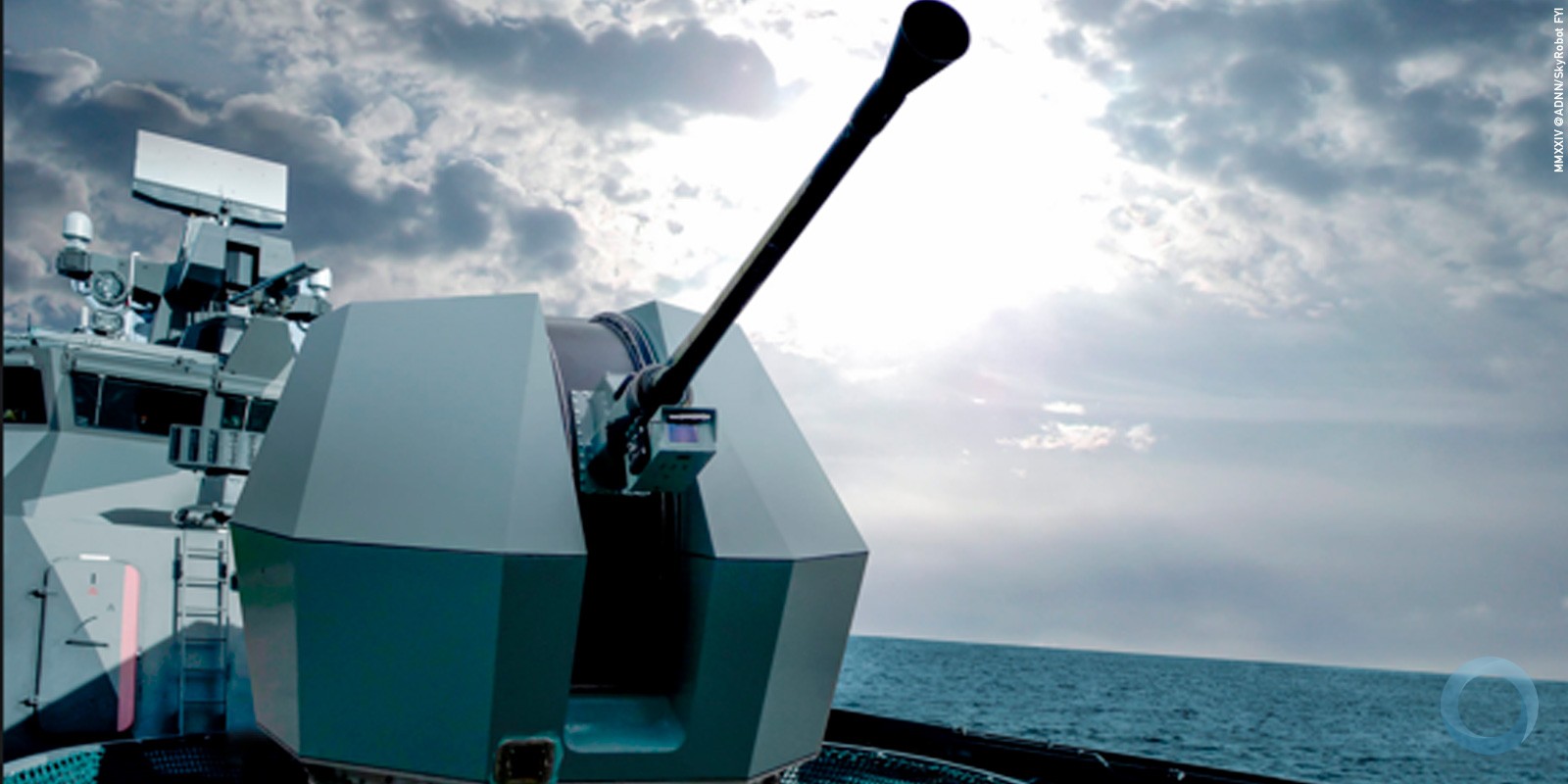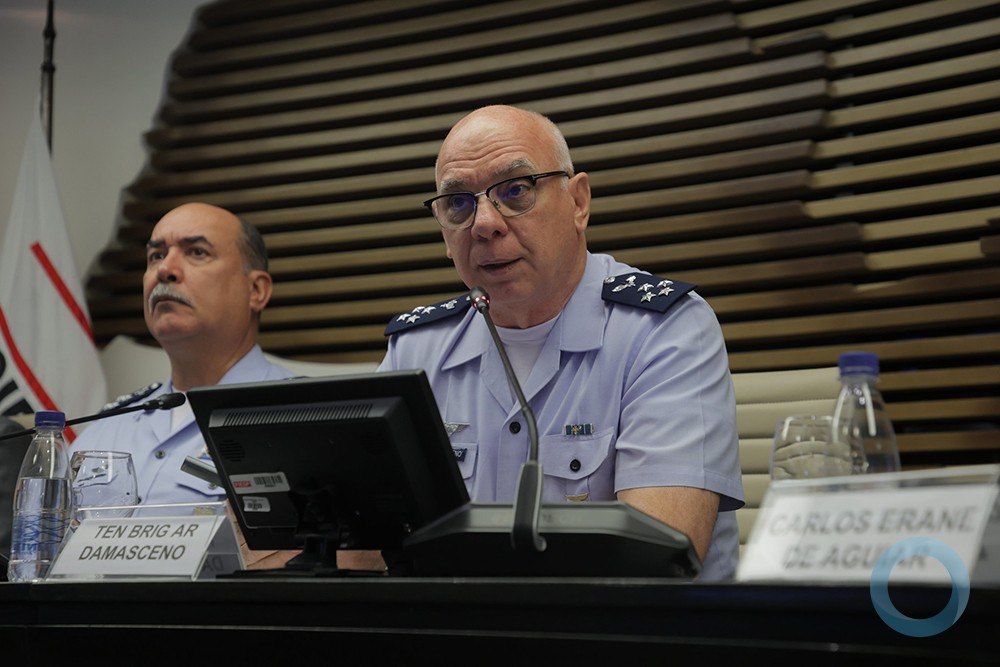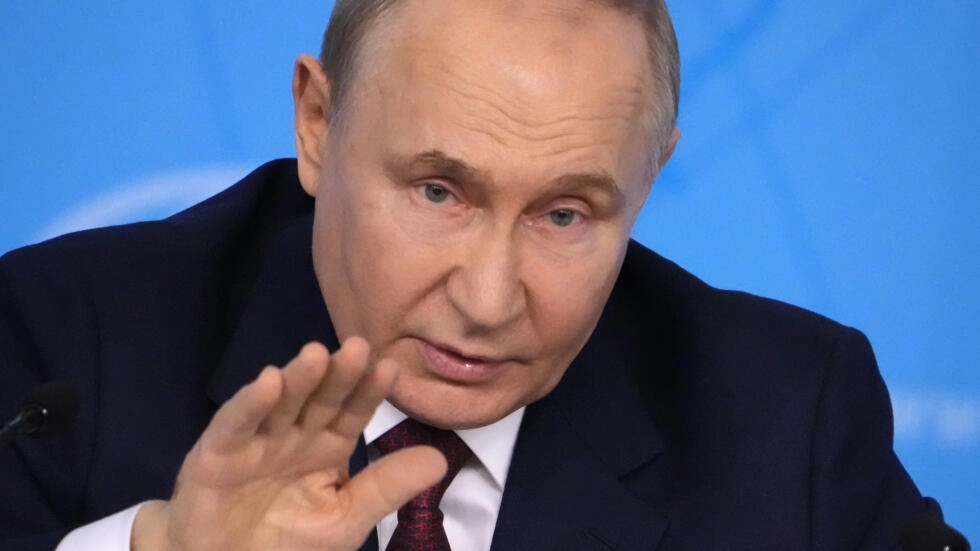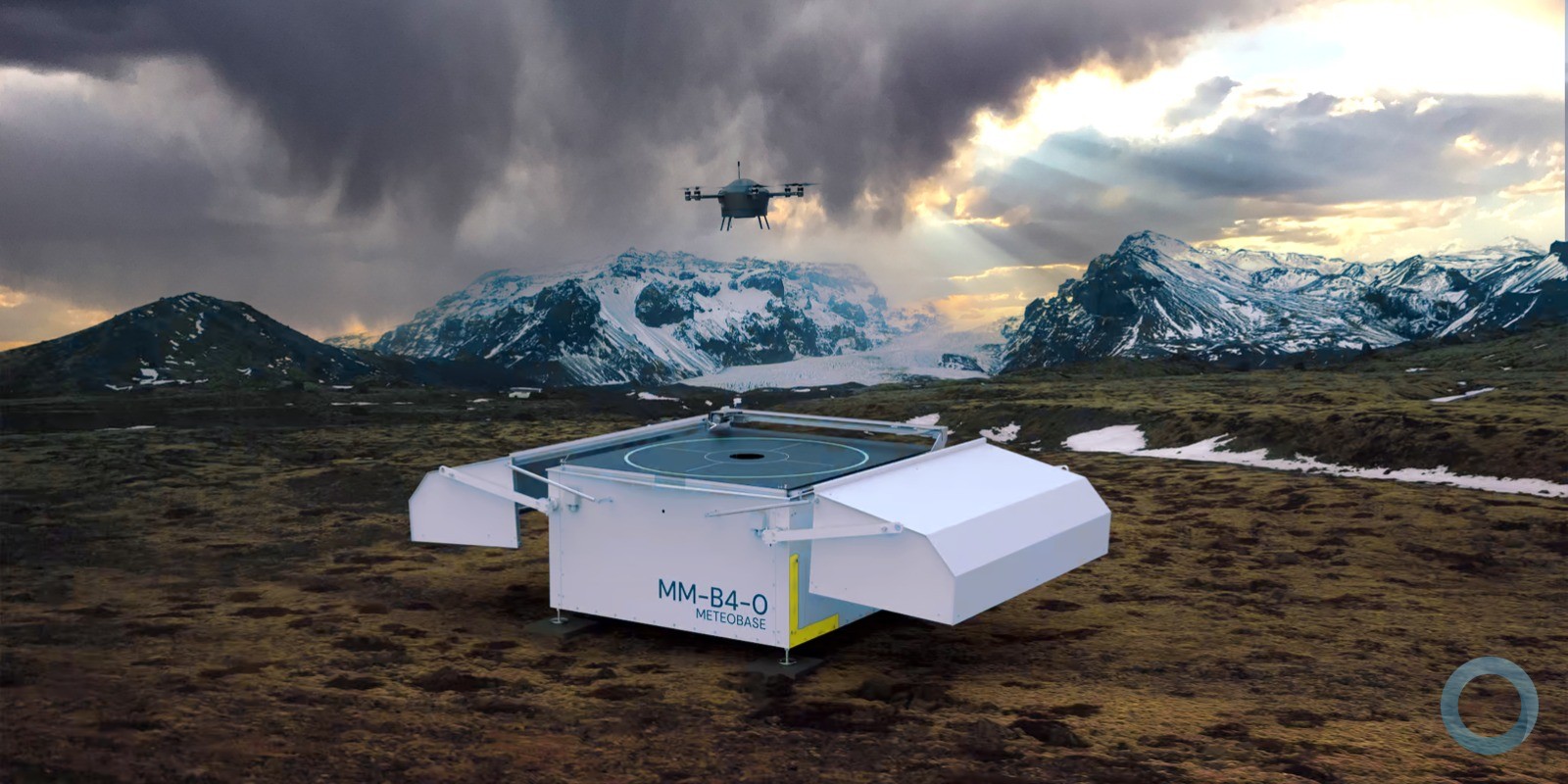The Course Correction Fuze (CCF) project was initiated in 2012 within EDA’s Smart Munition Working Group (SMWG) with the objective to develop common technical knowledge on cost-effective and affordable solutions for reducing ballistic dispersion and enhancing the accuracy of Member States’ artillery rounds, by introducing a new type of fuze.
Subject experts from EDA Member States (Belgium, Poland, Sweden, UK) as well as Norway (which has signed an Administrative Arrangement with the EDA) looked into the subject and came up with a Common European Requirements document for CCF which was agreed and distributed to participating Member States’ capability and armaments authorities in late 2016.
Moreover, it was also recognized that there is a need to have a harmonized approach to the challenge of integrating and Test & Evaluating CCF into existing and future artillery systems in order to generate costs savings.
In this way a dedicated investigation on CCF integration with Artillery Systems in EU was developed during 2016 and successfully delivered in early 2017. This investigation was divided in three different phases:
- Phase 1 was mainly devoted to the collection of information on available CCF solutions, artillery systems and ammunition in the EU. Five of the identified CCF solutions were selected, some of which use airbrakes to reduce the down range dispersion while others use fixed or movable canards that reduce both down range and cross range dispersion;
- Phase 2 consisted of an analysis of those five CCF solutions and their integration into both the artillery systems and the ammunition used by the participating Member States. As there exist many different artillery systems in Europe, in order to be able to integrate the selected CCFs into all those systems, the artillery systems were divided into three categories: CAT I – Manual; CAT II – Semi-Auto loading & Gun laying; and CAT III – Auto Loading and Gun laying;
- Phase 3 of the project focused on developing conclusions and recommendations in view of identifying future opportunities for cooperation among participating Member States.
Many opportunities for cooperation
One of the main conclusions is that there are many opportunities for cooperation and pooling & sharing despite the fragmented picture of artillery systems used by European Armed Forces.
Several countries use the same type of artillery system and, therefore, can easily share and follow the same CCF integration steps. But opportunities for collaboration even exist for countries using different systems for which at least some synergies can be found in terms of similar subsystem characteristics such as calibre, fire-control software or ammunition types.
In a broader perspective, the joint development of ballistic calculation software and fuze setter standards and the definition of interfaces and data protocols for CCFs were also recommended to achieve an efficient integration in artillery systems. Specific work strands were identified and an action plan has been proposed.
It also became clear that the (currently ongoing) review of the Capability Development Plan (CDP) should take into account future CCF integration into artillery systems.






